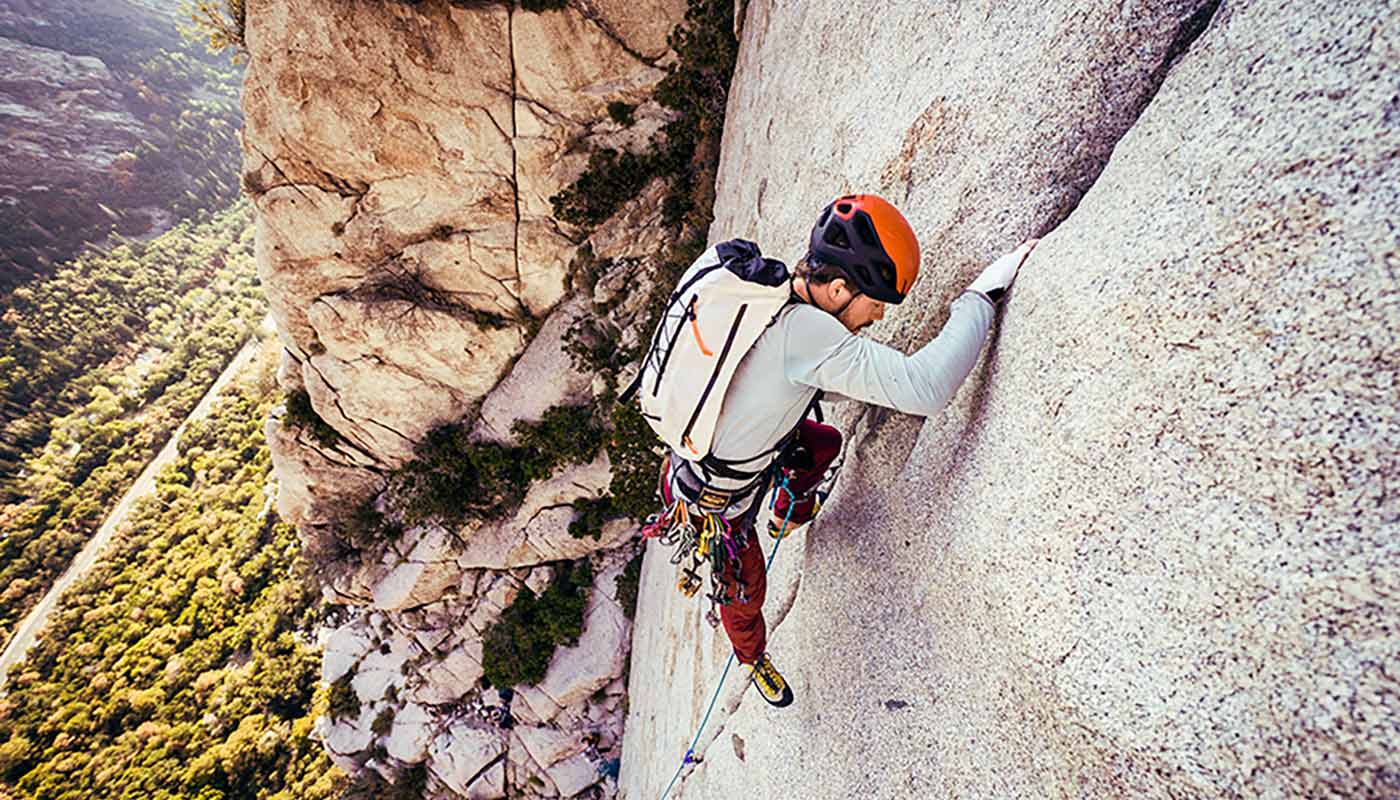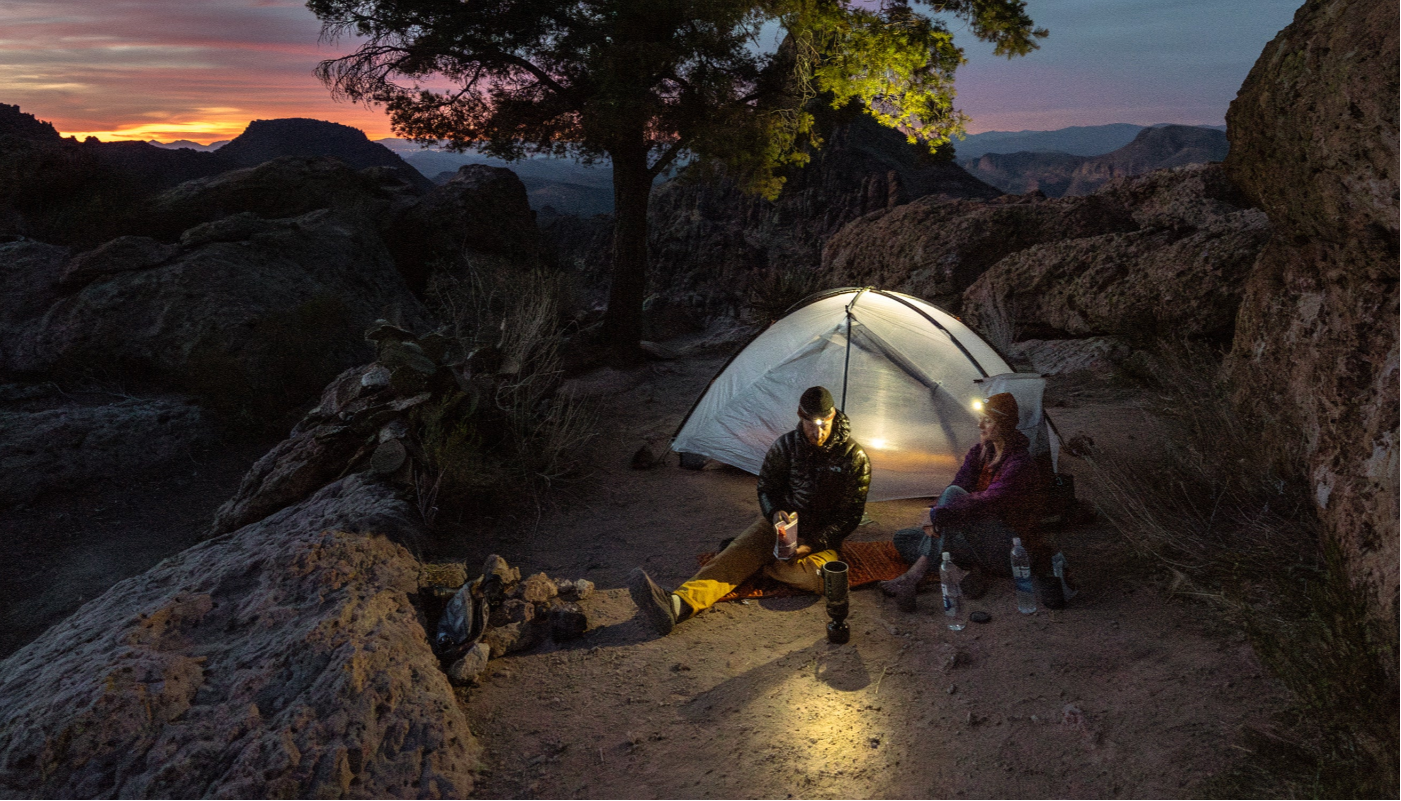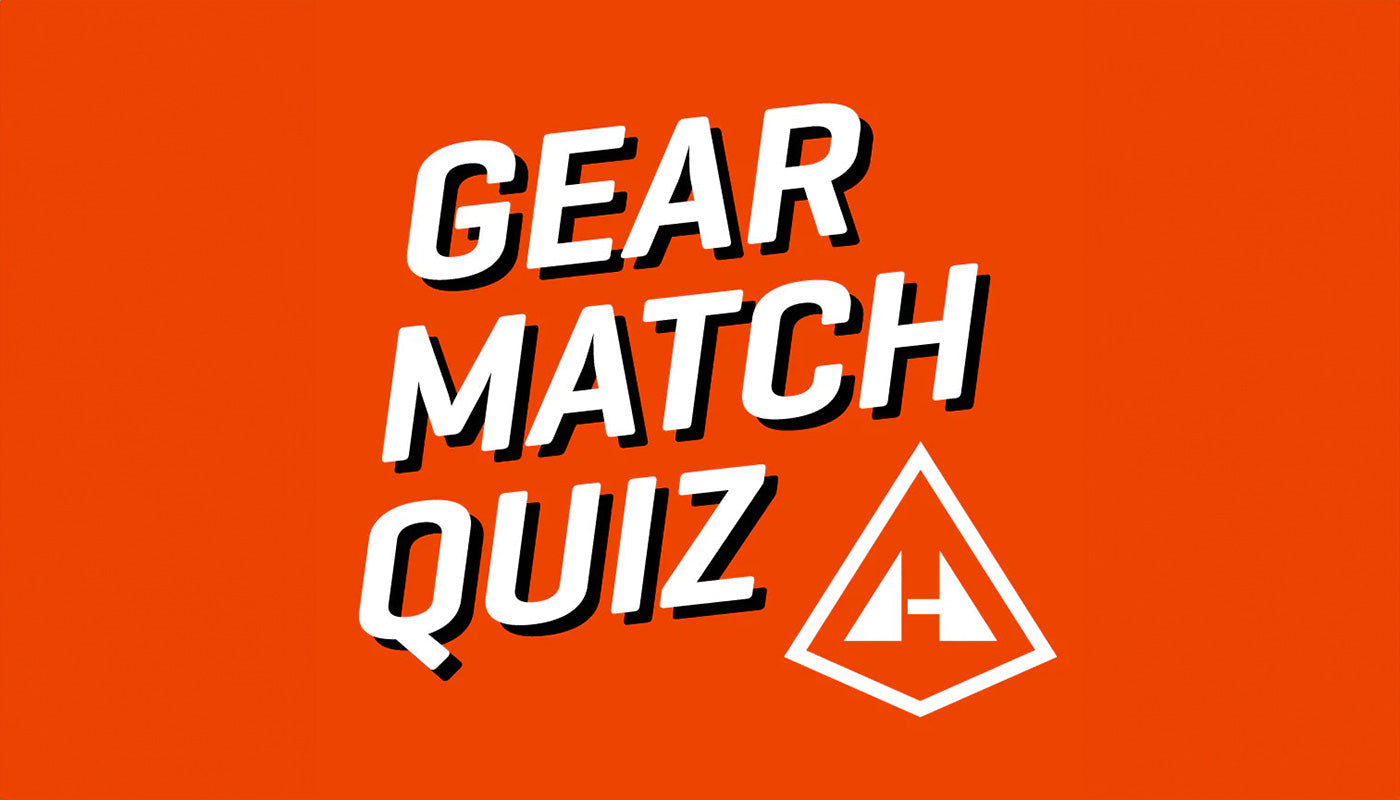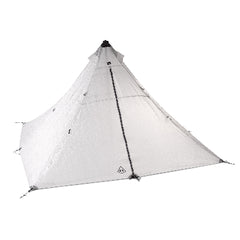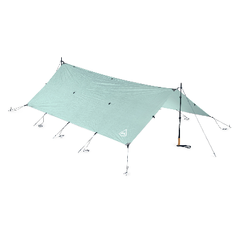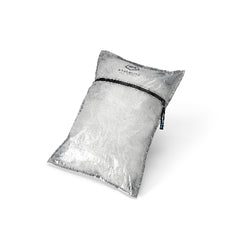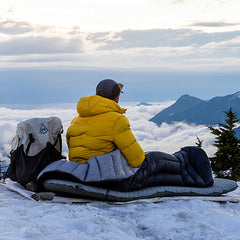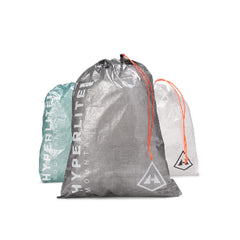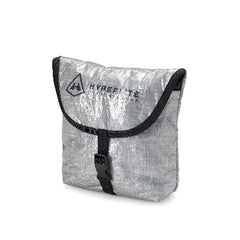Words by Will Peterson @_will.peterson Photos by Will Peterson and Evan France
Tor des Géants is a 330 km (205-mile) foot race in the Italian Alps that takes place every September. With over 80,000 feet of elevation gain, it circles the Aosta Valley in a grand tour of some of the most rugged and beautiful terrain in the Alps. Many people consider Tor des Géants to be the most competitive and most difficult 200+ mile race in the world. Its reputation is well earned. It has a staggering amount of elevation gain, incredibly technical terrain, and weather that can vary from 80° and brutally hot to blizzard conditions. It’s a race that, for many reasons, has caught my eye for some time now, and it’s the race I have decided to dedicate my season to running.
This past Summer, I finished a five-year journey through the New England multi-day FKT (fastest known time) scene. It started in 2020 when my PCT thru-hike got canceled because of the pandemic. Sitting around aimlessly and wondering what to do with the gear and training that I now possessed, I came across the FKT for the New Hampshire 4000-footers. The unsupported record (White Mountains Direttissima) looked like an incredible adventure, so I decided to take it on. I was able to secure that record, and things began to spiral from there as the ultra-running bug bit me good and hard.
The following year, in 2021, I had an ill-fated attempt at the supported record for the New Hampshire 4000 footers, which failed after just one day. In 2022, I came back with my friend Xander Keiter, and we went after the record together. Unfortunately, Xander had an injury that took him out of the game with only seven mountains remaining, but I was able to get the record by a few hours. Since then, the record has been broken multiple times by Bill Tidd and Alyssa Godesky, and it is now incredibly fast.
 After spending multiple years on the 4,000-footers, I turned my attention west to the Long Trail in Vermont – a 272-mile beast of a trail with 67,000 feet of vertical gain that follows the spine of the Green Mountains in Vermont. It seemed like the next logical step for a couple of reasons: first, because I love thru hiking, and second, because the Long Trail is an iconic and historic trail in Vermont with a deep history of competition. The unsupported record was held by Joe McConaughy, who is one of my heroes in the sport, and I thought that challenging one of his records would be a great next step to push myself.
After spending multiple years on the 4,000-footers, I turned my attention west to the Long Trail in Vermont – a 272-mile beast of a trail with 67,000 feet of vertical gain that follows the spine of the Green Mountains in Vermont. It seemed like the next logical step for a couple of reasons: first, because I love thru hiking, and second, because the Long Trail is an iconic and historic trail in Vermont with a deep history of competition. The unsupported record was held by Joe McConaughy, who is one of my heroes in the sport, and I thought that challenging one of his records would be a great next step to push myself.

Through some good training and a lot of good fortune, I was able to take around 12 hours off Joe’s record, finishing the trail in 4.5 days. The following year, in 2024, I came back to Long Trail with the intention of sharing the experience with the community. The record was held by John Kelly, who, coincidentally, is also one of my heroes in the sport. He had set an incredible time of four days, four hours just a year prior. Along with my crew of over 30 local volunteers from the Northeast, I was able to take the long trail record under four days and take about seven hours off John’s FKT.
Following the Long Trail, I felt a bit adrift when it came to outdoor adventures. The Long Trail is the most competitive multi-day record in the Northeast, and now having both of those records, I didn’t have much fire remaining for any of the other multi-day New England FKTs. Additionally, part of me felt like it was time for a break from FKTs. For me, a big source of motivation for adventures is pushing myself to try something I am not sure if I can do, and I feel as though I know how to set FKTs at this point.
What I haven’t yet proven is that I can race against other people head-to-head. Am I any good at racing? Can I perform well when I am competing against the best of the best in person rather than against a ghost? Is the multi-day FKT world just not that competitive? I truthfully don’t know the answer to these questions. There are things that make me think I’ll be competitive in multi-day races, but the only way to truly know is to toe the line.

I have learned a great deal about ultra running by running multi-day FKTs in New England that should help me at Tor des Géants. The first and one of the most vital is how to move efficiently across steep, technical terrain. As far as I’ve heard, Tor des Géants is very technical for most people, but it is far less technical than the most rugged trails in the White Mountains. The terrain here is so ridiculously steep and technical that Tor des Géants should be a relative step down.
Another thing I’ve learned is the importance of logistics and time management. There are many ways to lose a race or a record, but one of the easiest is to spend time not moving, whether that be resting or sleeping. It is no secret that the paces of multi-day races continue to get faster and faster, and this is where I see people gaining the most time. Gone are the days of prolonged breaks at aid stations, knowing that the other top competitors will be doing the same thing. Now you must get in, get the essentials, and get out as fast as possible, or you risk being forced to try to make up miles on people who are just as fast as you.

How much to sleep during multi-day races is also a big concern. Too little sleep and you’re likely to completely flame out of the race before you even get a chance to compete. However, if you sleep any more than necessary, you’re likely to put yourself in a hole too deep to compete with anyone at a high level. Finding the right balance of sleep and movement is a tricky problem, and it’s not a problem that I think the scene as a whole has totally figured out yet. I have been cutting sleep more and more as I have progressed in the sport for the last four years, and I think that I have found a system that works for me – at least in the 4-to-5-day range. However, Tor des Géants is a three-night race, which means that I’m going to have to adjust and probably toe the sleep deprivation line a bit more than I have in the past.
For a race like Tor des Géants, you need smart, experienced people on your crew to get any sort of good result. My parents, Ann and Eric Peterson, along with my girlfriend, Ashlee Korsberg, are those people for me. Their crewing the entire race is a huge commitment, and I feel an enormous responsibility to ensure that I don’t drag them out there for nothing. To that end, I have been taking the training Tor des Géants more seriously than I’ve taken any training block in the past. For the first time, I have a running coach going into a race – FKT legend Jack Kuenzle of Evoke Endurance.
Many of you reading this may know Jack, but for those who don’t, he is a cornerstone of the FKT community. He holds records on the Presidential Traverse, Mount Denali, the Bob Grand Round, Mount Rainier, Mount Hood, the Great Range Traverse, White Mountains Hut Traverse, White Mountains 100, and many, many others. He recently coached Caleb Olsen to win the Western States 100. During this training block, we are (counterintuitively, when you look at the insane profile of the Tor des Géants course), focusing more on speed and flat ground running ability.
When comparing my FKTs to the times of the other multi-day greats on the same routes such as Joe McConaughy and John Kelly, it’s clear that durability, climbing, and technical terrain are my strengths, whereas running over smoother terrain for long periods of time is perhaps my largest area of deficit. Tor des Géants is an incredibly climbing-heavy race, averaging almost 400 feet of vertical gain per mile. However, in order to have a shot at winning this race, you also need to be a good runner who can take advantage of the prolonged, smooth downhill and flat miles of the course. To that end, I have been running a lot of flat workouts with the goal of increasing my running fitness and economy, so that I can hopefully make ground in the areas where I’m weaker. Don’t worry, our plan still has plenty of vertical to get the climbing legs in shape.

Another lesson I have learned from multi-day FKTs is the importance of organization. Having organized spreadsheets for the crew and knowledge of the course is vitally important and counts for a great deal of time on race day. Knowing exactly how long you have to the next age station, how much water you need to leave the aid station with – it all makes the run smoother, and smoother equals faster in an ultramarathon. Furthermore, organization makes it much easier for your crew to assist you in a way that’s helpful, rather than the crew having to figure things out for themselves. To that end, I have been doing extensive research on the Tor des Géants course from afar,
All the above is great, but nothing gets you in shape for this sort of race quite like big, long days on your legs to build up your base and durability, and nothing helps with logistics quite like seeing the terrain on which you’re going to be racing. For that reason, I am going out a couple of weeks before the race to scout the entire course with my friend Bill Tidd, as well as his brother and Tor des Géants legend John Tidd. Along with being an incredible opportunity for adventure with friends, this scouting hike will provide invaluable information for all three of us as we make our final preparations for the race that is going to show us if we are among the Giants of the Alps.
I chose this race for a reason. My time in the multi-day ultramarathon scene is not going to last forever. Life moves fast, and opportunities for adventure shift as responsibilities change and grow. Tor des Géants feels like the culmination of a build that I feel like I’ve been on for the past 6 years. The culmination of an adventure that started at Springer Mountain in 2019, when an inexperienced 20-year-old decided to walk home to Maine. An adventure that has taken me to so many amazing places and given me the opportunity to connect with so many amazing folks. At some point soon, I’ll be a medical resident with a lot on my plate and not as much time to play in the mountains. I’m looking forward to this next chapter, and I welcome the changes and opportunities that life brings. But while I have these moments, I hope to make the very best of them. I hope you’ll follow along as I make my way to Italy and run in a big old circle. I plan to write at least one more of these before the race. However it shakes out, it’s going to be an incredible journey.
Thank you so much to Hyperlite Mountain Gear for the support leading up to this race – let’s go show them what we’ve got up our sleeve!
